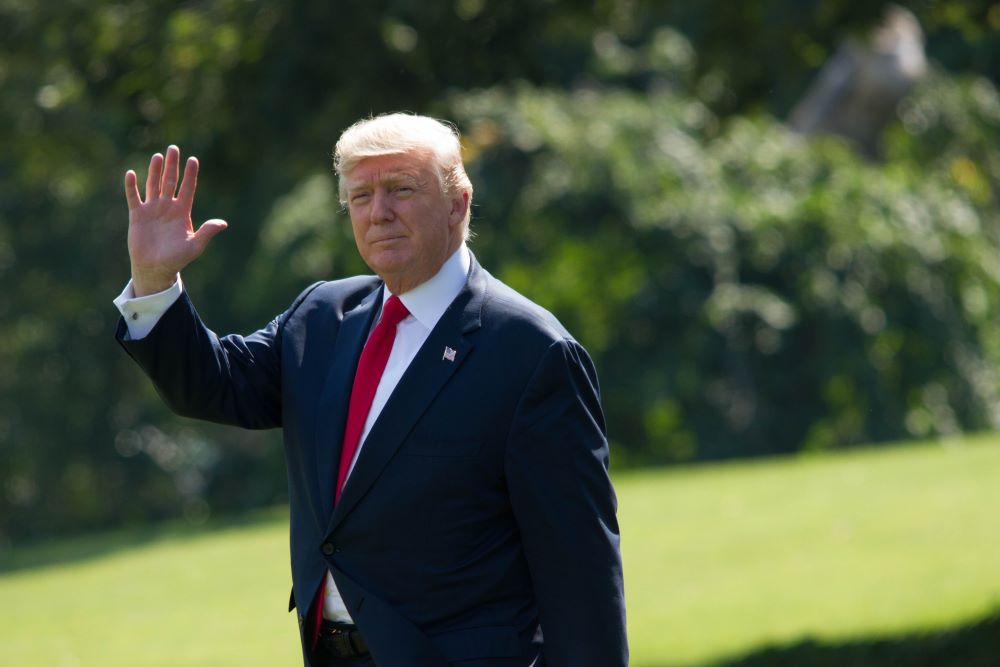In a startling breach of security, Thomas Crooks, the gunman who attempted to assassinate former President Donald Trump, utilized a drone to survey the rally site in Butler, Pennsylvania, just hours before the attack. The incident, which occurred on a Saturday, resulted in Trump being shot in the ear, though he survived the attempt.
The assailant was subsequently killed by Secret Service agents on the scene.
Drone Surveillance Details
According to sources, Crooks deployed a drone to conduct aerial reconnaissance of the rally venue. This drone flight provided him with a strategic overview of the area, potentially aiding in his planning and execution of the attack. The use of the drone highlights a significant lapse in security protocols, as the Secret Service typically enforces a no-fly zone over such high-profile events.
Security Lapses and Investigations
The discovery of the drone flight has prompted multiple investigations into the security measures at the rally. The Department of Homeland Security’s Office of the Inspector General has launched three separate inquiries, one of which specifically examines the security arrangements at the Butler event. Additionally, House Speaker Mike Johnson has announced a Congressional inquiry, with Secret Service Director Kimberly Cheatle scheduled to testify before the House Oversight Committee.
Immediate Aftermath and Response
The immediate aftermath of the shooting saw federal authorities intensifying their scrutiny of the incident. Law enforcement officials recovered the drone and related equipment from Crooks’ vehicle, which may provide further insights into his planning and motives. Despite the severity of the attack, Trump appeared unfazed and continued his campaign activities, including attending the Republican National Convention in Milwaukee shortly after the incident.
Public and Political Reactions
The assassination attempt has sparked widespread concern and debate over the adequacy of current security measures for political figures. Rep. Ronny Jackson, whose nephew was injured during the rally, emphasized Trump’s resilience and determination to continue his campaign despite the attack. The incident has also led to calls for enhanced security protocols and better preparedness to prevent such breaches in the future.
Conclusion
The use of a drone by Thomas Crooks to case the rally site before attempting to assassinate former President Donald Trump underscores a critical vulnerability in event security. As investigations continue, the focus remains on understanding how such a lapse occurred and implementing measures to prevent similar incidents.
The resilience shown by Trump and the swift response by law enforcement highlight both the challenges and the effectiveness of current security frameworks in protecting high-profile individuals.
